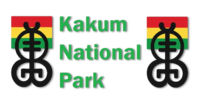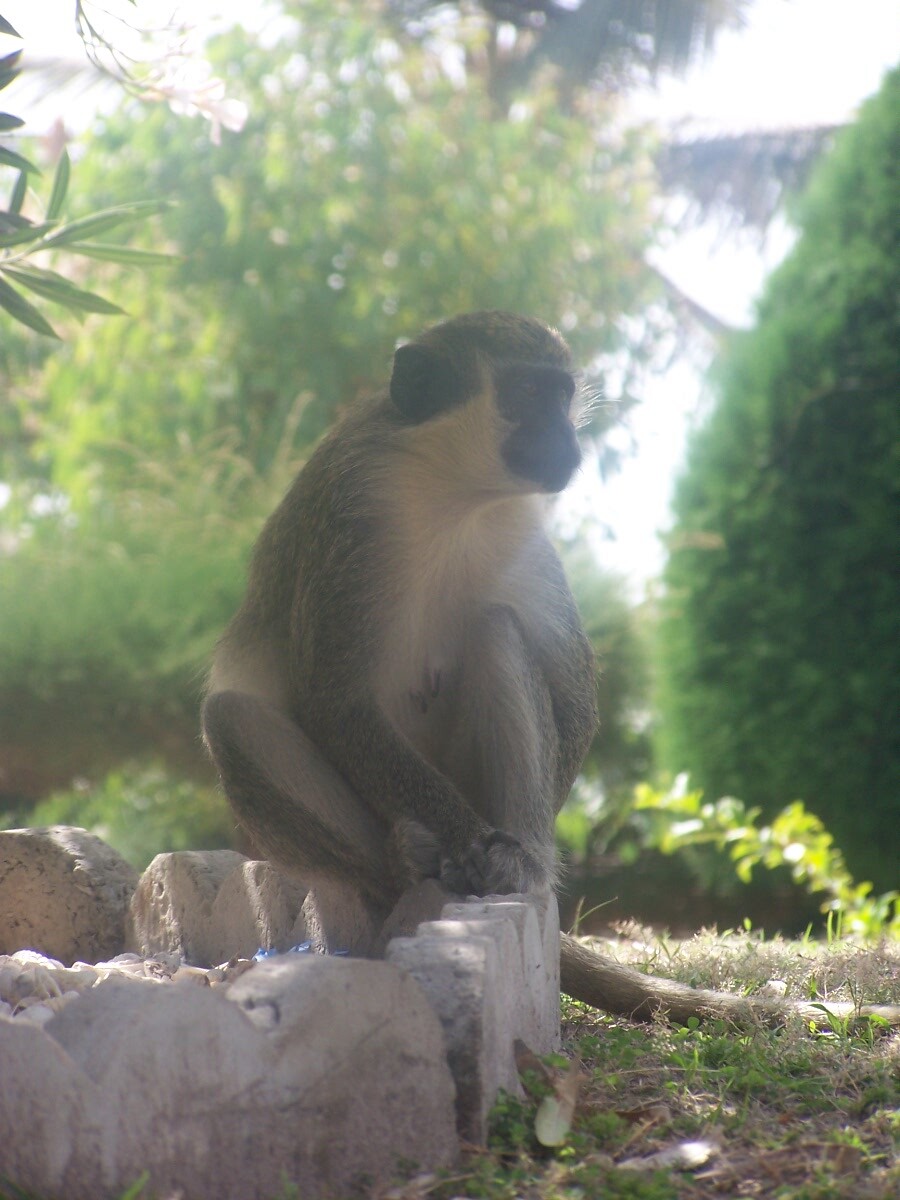
The park is administered by the Wildlife Department of Ghana. Under the direction of Conservation International and with funding support from USAID.
Kakum is considered the best protected forest in Ghana. As a result it is now a major tourist spot.
Though poaching is still prevalent, the management practice of involving local communities to share the benefits of the park would yield positive results.
In the park, gamekeepers are specially trained in the medical and cultural significance of the local foliage.

Preserving and maintaining!
Primates in the park include the Colobus vellerosus (VU), Procolobus verus (LR/nt), Cercopithecus diana roloway (CR) and Loxodonta africana cyclotis (EN); the latter is found throughout the country.
The Bird Life International included the park area under its list of Bird Life Areas in Ghana in 2002 under the criteria A1, A2, A3. The species recorded are 266 and the species though identified but yet to be confirmed are 56. All the species are resident and most of them are under the Least Concern categorization.
The globally threatened species listed under the Near Threatened category are: green-tailed bristlebill (Bleda eximius), red-fronted antpecker (Parmoptila rubrifrons), rufous-winged illadopsis (Illadopsis rufescens) and copper-tailed glossy-starling (Lamprotornis cupreocauda). The Vulnerable species identified are white-breasted guineafowl (Agelastes meleagrides), brown-cheeked hornbill (Bycanistes cylindricus), yellow-casqued hornbill (Ceratogymna elata) and yellow-bearded greenbul (Criniger olivaceus)..